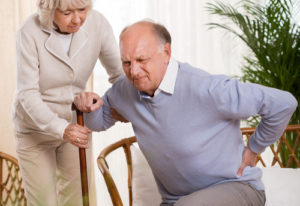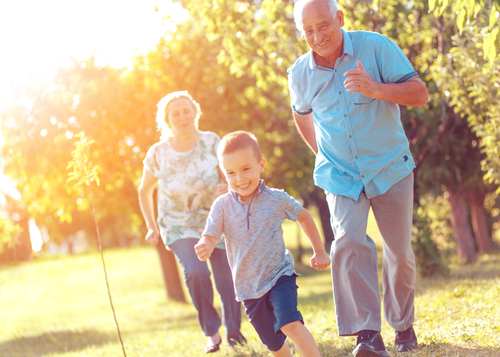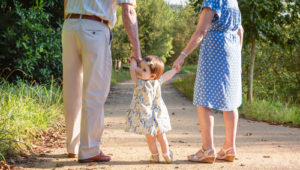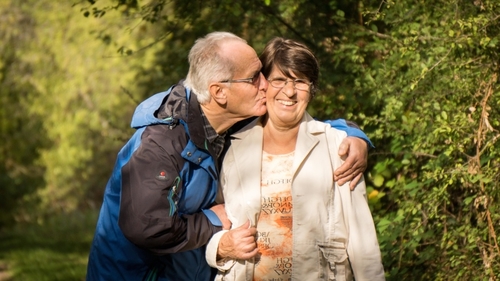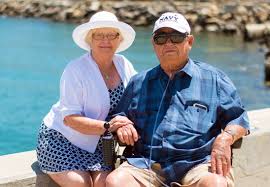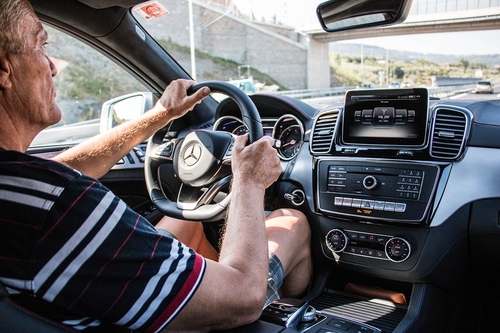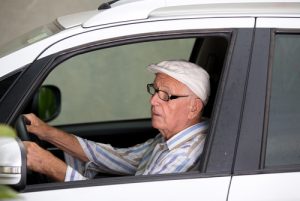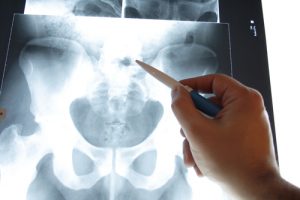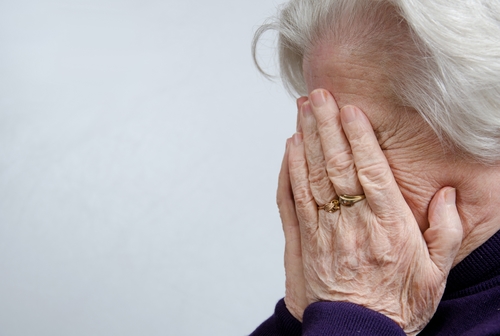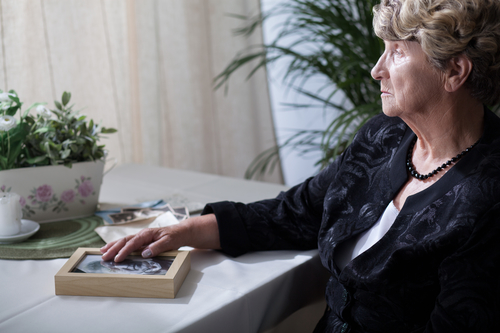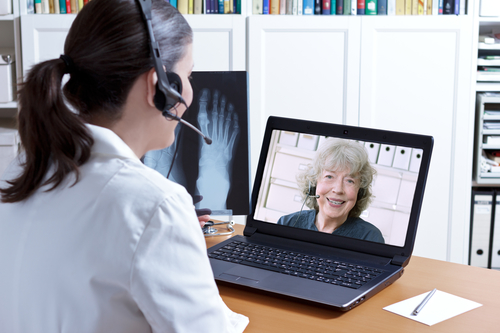We’ve all heard about Broken Heart Syndrome, right? Some people think it’s just a way to exaggerate someone’s grief. But that’s not the case. This syndrome is real and has claimed widows who lost their partner after 50 years of marriage.
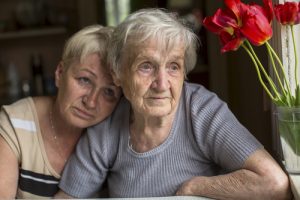
Broken Heart Syndrome is Real
There’s been reports of partners dying within hours of each other, even when they are healthy.
Grief can suppress the immune system and let something like a cold become more deadly. It can also be the result of takotsubo cardiomyopathy, which is where Broken Heart Syndrome comes from. The stress can cause part of the heart to enlarge and fail to pump.
There’s even a term, psychoneuroimmunology, that describes how psychological trauma affects your immunity.
7 Ways to Help with Broken Heart Syndrome
The best way to combat this problem is to be there for the person grieving. Here are seven ways to do it.
1. It’s Okay to Cry
Shoving down grief can cause clinical depression. Crying has a bad rep for being a negative action. But really, it shows how important that person was to you.
It’s normal to be sad after the loss of a loved one.
2. Help Them Find a Professional
It’s always good to have a neutral party tell you it’s okay to grieve. That everything you are going through is normal. Then have someone who knows what to do to get back on your feet.
3. Give Them a Book
Some people may not be comfortable with talking about their grief. If you want to be there for them without hovering, try getting a book about grieving.
This way, they can tackle their grief on their own time.
4. Remind Them that They Have Others Who Love Them
It can be easy for someone who is grieving to feel alone. Without being overbearing, it’s good to remind people that they have a lot of loved ones around them.
Whether that’s friends, kids, siblings, or even grandchildren.
5. Encourage Them to Talk About Their Spouse
Too many people tell others who are grieving to move on. You mean well, but it’s not about forgetting. Instead, healing happens by remembering your spouse.
This way, you process your emotions and then can go forward.
So encourage talking about the person who passed away. Share happy memories.
6. Remind Them to Stay Healthy
It’s easy when being overwhelmed by grief and forget about personal health. Healthy eating, staying hydrated, and getting good sleep are key to a good immune system.
Tell them there is nothing wrong with asking their doctor for some temporary help.
7. Help Them Do Things that Brought Them Comfort Before
Did they like to read, take long baths, listen to music? Encourage the person grieving to do these things again. Tell them it’s okay to make time for themselves.
Read more here.

